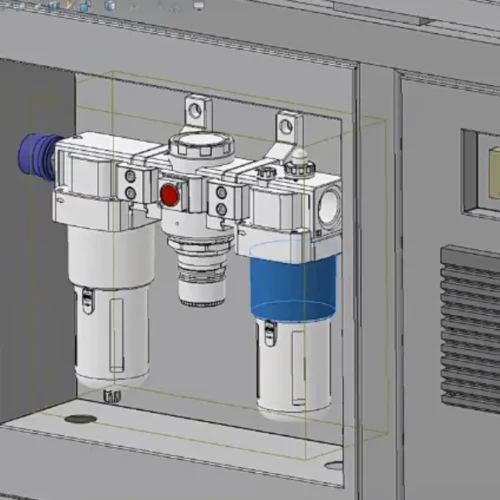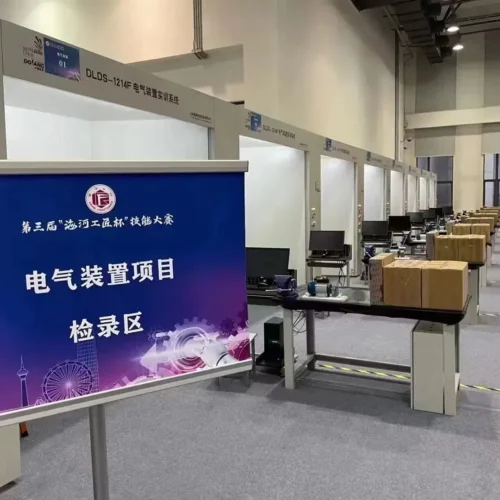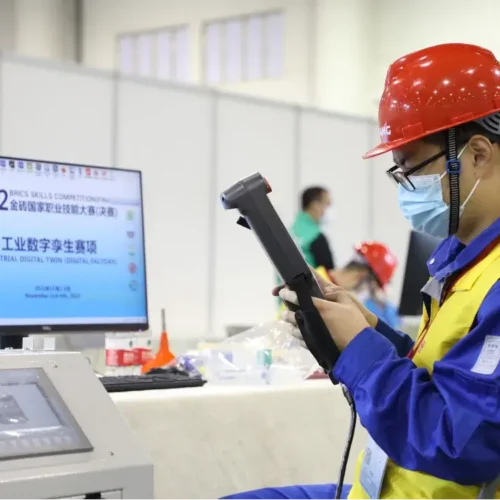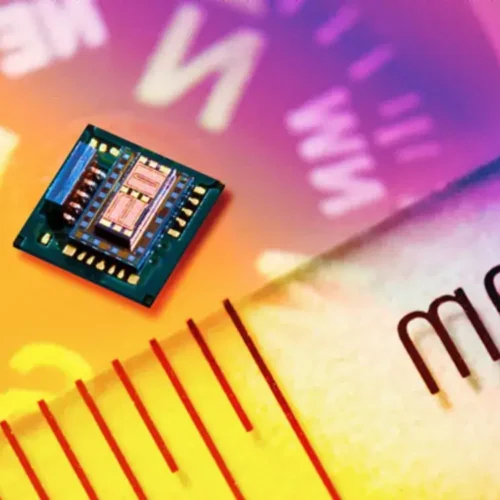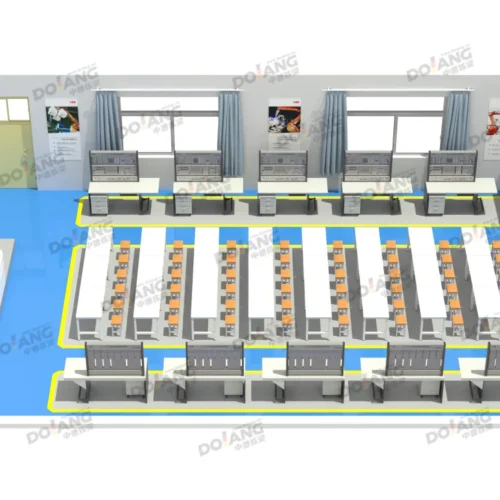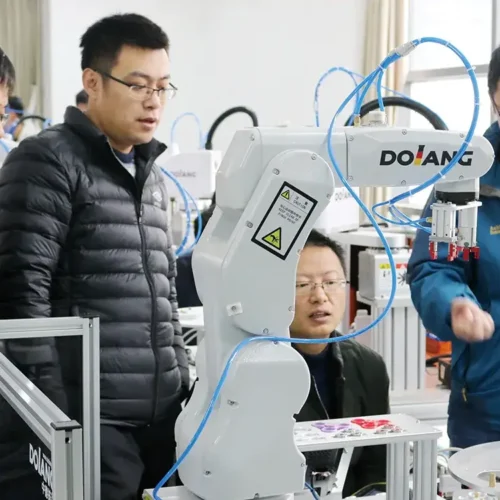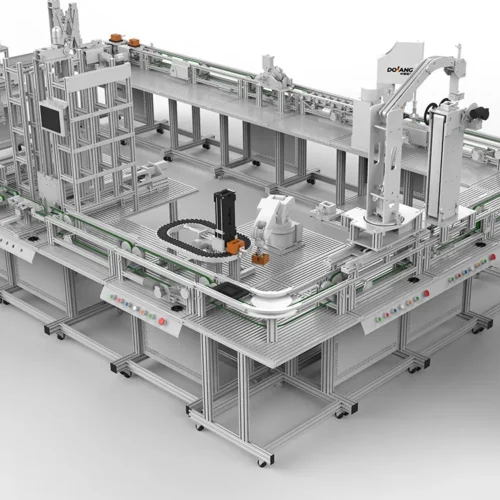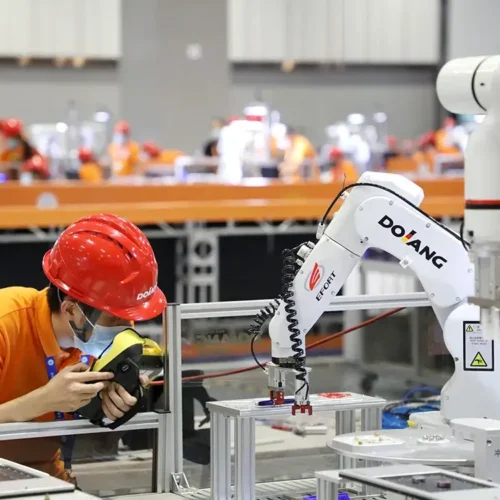Industrial automation is the real deal now. One of the components that make it possible is a PLC or Programmable Logic Controller system. These systems help to streamline processes, enhance efficiency and improve productivity. PLCs are used in various industries to control machinery and equipment. But, PLCs can be complex, and to comprehend their functionalities fully, a PLC trainer can come in handy.
A PLC training kit helps create a simulated environment that replicates real-world scenarios. This allows users to gain hands-on experience in programming and troubleshooting PLC systems. In this guide, we will discuss the advantages and disadvantages of a PLC trainer kit. Understanding the pros and cons of these training tools is essential for people looking to use them effectively.
Advantages of PLC Trainer
A PLC is industrial equipment used in various processes and systems. These tools help provide better performance by machinery, like assembly lines and conveyor belts. But, a trainer is needed to grasp the complete potential of a PLC system.
A PLC training kit teaches students the correct application of a PLC system and equips them with adequate knowledge for operating it to its full potential. Since PLCs work in harsh industrial environments, PLC programming training is essential.
1. Improve PLC programming skills
PLC programming forms the backbone of industrial automation. At the same time, it is a complex process. However, a trainer helps students acquire hands-on experience in programming PLC systems. Users of a training kit can learn about a PLC in a safe environment without worrying about damaging any actual operation. Users can develop a deep understanding of programming concepts through a PLC trainer.
2. Provides real-time feedback and debugging capabilities
Working with a PLC system means having to identify and solve errors efficiently. It ensures optimal functionality is achieved and downtime is minimized. Similarly, a PLC system helps individuals learn by detecting and rectifying programming and operational issues. Such systems provide instant feedback, which helps quickly identify programming errors. PLC programming training also helps debug and troubleshoot to ensure the systems work accurately.
3. Reduce learning and practice costs.
A PLC trainer can significantly reduce learning and practice costs. Traditionally, to know more about a PLC system, one needs to access a complete PLC system. This was undoubtedly expensive. PLC trainers allow learning more about such systems without accessing actual PLC hardware. Furthermore, students can learn about PLCs without worries since they will not risk damaging essential, expensive equipment.
4. Provide risk-free practice opportunities.
PLC trainers provide the opportunity to learn about PLCs in a controlled and simulated environment. This way, students can freely learn and improve their skills without worrying about damaging any equipment or operations.
Disadvantages of PLC Trainer
While PLC trainers are great devices, they have their flaws.
1. Cannot simulate all actual application scenarios
The job of a PLC system is to simulate actual application scenarios so that students can learn in a safe and virtual environment. But, these trainers are only sometimes successful in doing so. Although PLC trainers try to mirror real-world industrial settings to a certain extent, actual scenarios can be much more complex and diverse, which may not be replicated.
2. Limited Software and Hardware Capabilities
A PLC training kit is only a replication of an actual PLC system. These tools may only partially replicate the features and performance of natural PLC systems. Industry-standard PLC software has more advanced features that may not be included in a PLC kit.
3. Requires the support of actual equipment and systems
While a PLC trainer kit replicates an actual PLC system, users still need to access real-world industrial-grade PLC systems. This is because a user can only fully grasp the complexity of such systems without having to use them upfront. Sometimes, PLC trainers offer limitations in emulating specific specialized equipment setups.
How to maximize the advantages of PLC Trainer

A trainer attempts to replicate actual PLC systems with extreme accuracy. However, there are ways users can maximize the potential of such training devices.
● Determine the best application scenario: Before leveraging a PLC system, it is essential to determine its intended purpose. What will it be used for, and how? Once that is determined, one can utilize the device accordingly.
● Understand the limitations: To use a trainer successfully, it is essential to acknowledge its limitations. A PLC training kit is not the same as an actual industrial PLC, and there will be some hardware differences. One has to make the best of every situation and work with the trainer to learn the capabilities of a PLC system.
● Determine how to integrate with actual equipment and systems: One can maximize the advantages of a PLC trainer by knowing how to integrate it with existing systems. This integration bridges the gap between simulated environments and real-world industrial automation applications.
How to Mitigate the Shortcomings of PLC Trainer

Using a PLC trainer requires users to acknowledge that there will be some shortcomings in the process. However, they can be partially mitigated.
● Consider using it with other simulators and emulators:
The disadvantages of a PLC trainer can be somewhat eliminated if one uses it alongside other simulators and emulators. This will lead to a more comprehensive simulation environment. It will also cover various devices, scenarios, and complexities.
● Find the scalability and upgradeability:
To use a PLC system for the long term, one must understand its scalability and upgradeability. Learn about its ability to integrate with other systems and support hardware expansion. Moreover, how does it receive firmware and software updates?
● Select the best quality and cost performance:
With the right brand, the shortcomings of a PLC system can be managed. Consider factors such as durability, reliability, and features. Moreover, consider price to ensure you invest in a trainer that meets your needs and delivers value for money. Dolang PLC trainer kits are an excellent option as they are of top quality and are offered at reasonable prices.
Conclusion
A PLC trainer kit equips users with the knowledge to use a PLC system. However, they come with their own set of advantages and limitations. While PLC trainers can reduce training costs, they can be limited in their hardware capabilities. At the same time, although they offer a risk-free environment, they also may require integrating actual systems.
Users can learn about the advantages and disadvantages of PLC trainers to use them to their full potential. Thus, it would help if you opted for high-quality PLC trainers, such as Dolang equipment, which can be used for PLC technology training, sensor technology, electrical control, etc.



